Founded in the Northern Song Dynasty, the "National Security" Fujian Wan'an Bridge, was swallowed by the fire last night.
Author:Shell net Time:2022.08.07
On the evening of August 6, Wan'an Bridge in Pingnan County, Ningde City, Fujian Province was on fire. The fire was extinguished at 10 pm, but the bridge was burned and collapsed, only the rest. As of now, the cause of the fire has not been found.
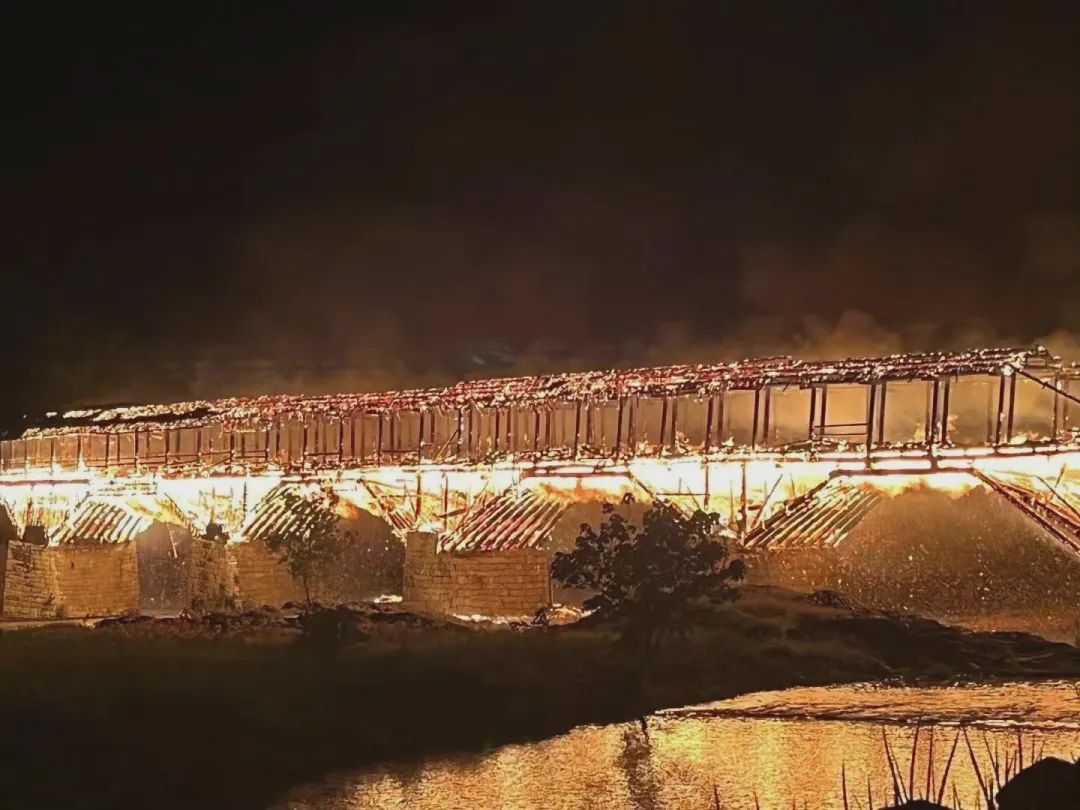
Burning Wan'an Bridge 丨 Surging News
Wan'an Bridge was founded in the Northern Song Dynasty. It has a history of more than 900 years and has been rebuilt many times. Prior to last night, it was the longest existing in the same existing Guanmu arcade house, and was listed as one of the sixth batch of national key cultural relics protection units.
"National Security" was destroyed, in addition to sighing, we might also learn some experience and lessons from it.
Wan'an Bridge "Guanmu Arch"
Architectural skills from the Northern Song Dynasty
At first glance, you might think: Isn't this the ordinary wooden bridge? There are no colored paintings, no bucket arch, and it looks rustic in the soil.
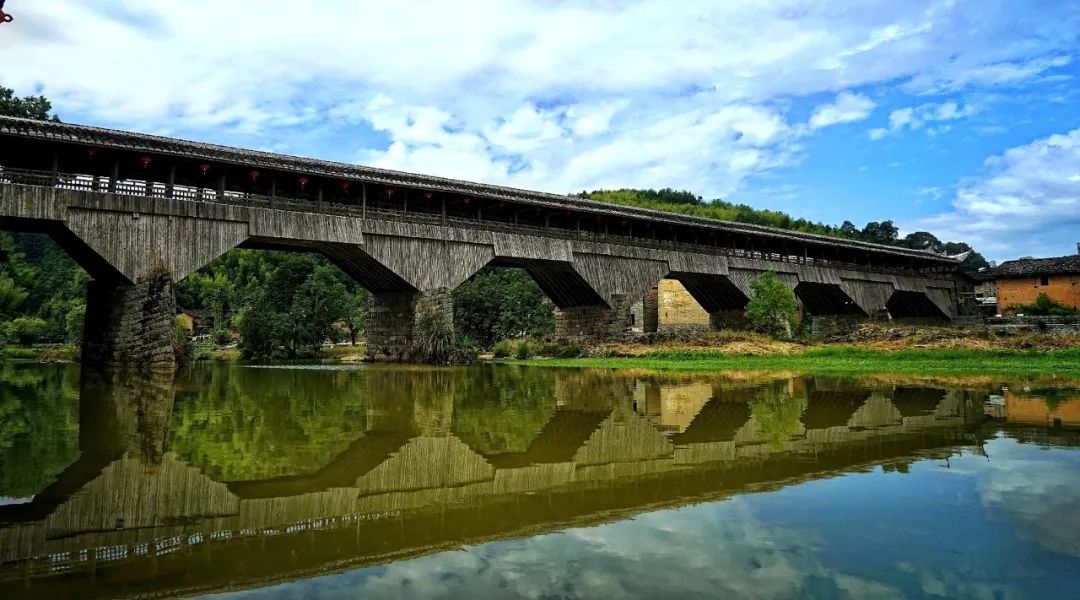
Wan'an Bridge 丨 Tuwa Creative
However, this "rustic" of the "earth in the soil" (also known as the wooden arch bridge of the beam) is recognized as the most technical form in the traditional wooden bridge. The relevant "Wooden Arch Bridge Traditional Creation Technology" was also included in the national intangible cultural heritage representative project list in 2008. In 2009, it was included in the UNESCO "Intangible Cultural Heritage List that urgently need to protect".
What kind of black technology is "Guanmu Arch"?
In 1953, the famous Northern Song Dynasty paintings "Qingming Shanghe Tu" showed the public for the first time. When the young bridge scholar Tang Huancheng saw the focus of the scroll -the beautiful wooden arch bridge on the Luohe River, he was immediately attracted by him.
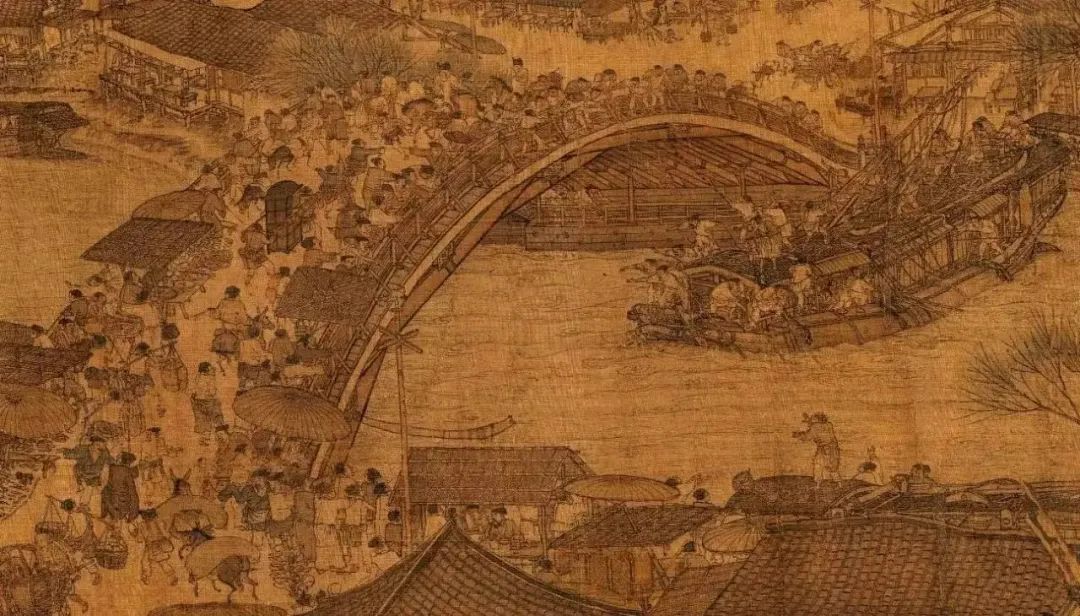
"Hongqiao" in "The Map of the River in Qingming"
Through research and calculation, he speculated that the size of the Hongqiao was speculated and named it "Guanmu Arch Bridge", praising "only China in the history of the world bridge." The so -called Guanmu arch refers to the arches formed with multiple straight wood interlacing and penetration of the wood.

The structural system of the Yanshui Hongqiao as significant by Tang Huancheng as a match stick 丨 Tang Huancheng "China Wooden Arch Bridge"
I believe that people who have not studied civil engineering can also immediately see: this is a very simple, beautiful, and extremely practical structure. According to the "Lishu Yan Yan Lu" records, during the Ming Dao of the Northern Song Dynasty, Guanmu arched in Qingzhou.
Ancient Roman used masonry and concrete to build arch vouchers, while China's Hongqiao used wood. Under the influence of self -respect, the woods are intertwined, supporting each other, checking each other, and becoming straight into a song, becoming a flying rainbow in the "Qingming Shanghe Tu".
However, the Guanmu arch seemed to have been lost after the Song Dynasty, so that the stone arch bridges were painted in the Ming and Qing dynasties's "Qingming Shanghe Tu". Until the late 1970s, cultural relics workers discovered the same type of wooden arch bridge again in southern Zhejiang and northeastern Fujian. Tang Huancheng and other bridge experts are ecstatic: This technology is still alive!
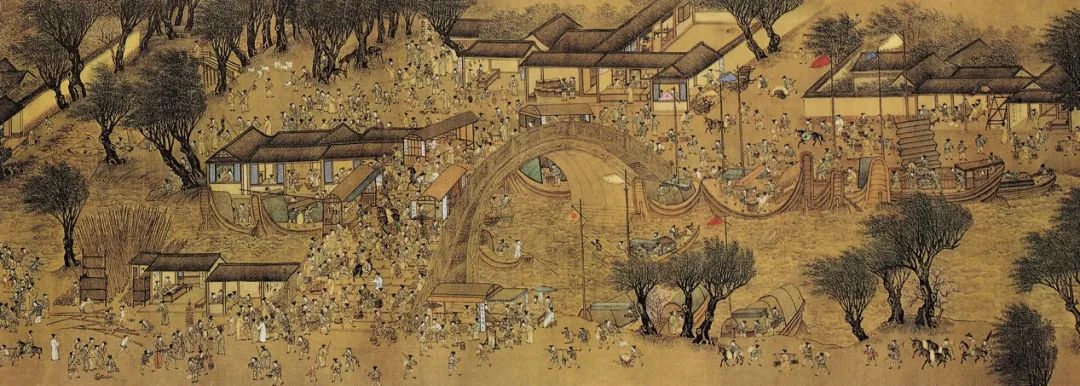
The stone arch bridge in the Ming Dynasty Qiu Ying's "The picture of the Qingming River"
In the small villages in the mountains and Zhejiang mountains, the structure of the Guanmu Arch has fully played its advantages: Longfeng Bridge in Long'an Village, Zhangdun, Jianyang, Fujian, span 10.8 meters, only 11 oblique ribs with a length of 5 meters, 6.8 meters long, 6.8 meters long. There are 11 flat ribs, and the bridge is set up. There is no need to use wood above 11 meters; as well as the Yifeng Bridge of the Party Township, Fujian Shouning, 37.6 meters of wooden arch, it is the largest single -hole wooden arch bridge in the country. If it is changed to Pingliang Bridge, it is not necessary to build a bridge in the river.

The three -fold arched Bridge 丨 Ningde People's Broadcasting Station, Pan Yuerong Photo
However, the span of the wooden arch bridge is limited after all. Therefore, when building a Wan'an Bridge with nearly 100 meters, the craftsman cleverly adopted the structural form of many pier and multi -span, upper wood and stone, and solved the restrictions of the Guanmu arcade bridge. The bridge became the longest wooden arch bridge in China. Because of this, Wan'an Bridge and several other gallery bridges in Fujian were selected as the sixth batch of national key cultural relics protection units as the "Northeast Fujian Bridge".
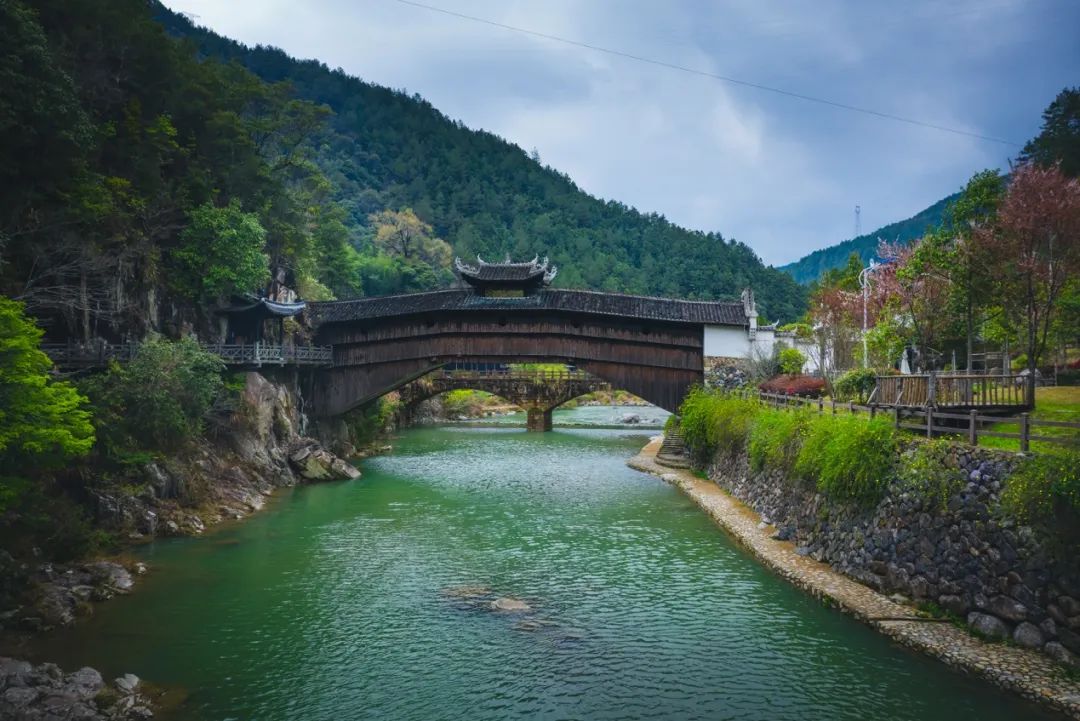
There are also Guanmu arch relics in southern Zhejiang, such as Zhejiang Qingyuan Mongolian Bridge 丨 Tuwa Creative
Fire, an eternal enemy of ancient buildings
As we see Wan'an Bridge, ancient Chinese buildings, whether they are the Forbidden City or Yingxian Wood Tower, are mainly wooden structure frameworks. In this way, the material is convenient, adaptable, and fast construction, but there is also a fatal weakness:
Flammable.
Many ancient buildings are cracked on the surface of wood, wood loose, and the water content is close to 0, and the fire resistance level is extremely low. The items of its internal furnishings, such as furniture, curtains, calligraphy and painting, are almost all flammable items. It is estimated that the fire load of ancient buildings is about 30 times the modern building.
Just turn over the history books. In ancient times, the famous buildings burned in ancient times were countless: Northern Wei Dynasty Yongning Temple tower was recorded as high as a hundred feet. As a result, it was hit by a lightning fire in the 18th year of the built. In the Tang Dynasty, Xue Huaiyi ignited the heaven (that is, the prototype of the building of "Di Renjie's Tongtian Empire"), which led to the ignition of the "fire in the fire in the city, as well as the Ming" ...
The ancients have also taken some fire prevention measures, such as the "Taiping Tank" in the Forbidden City, the folk has a head wall, and there is an original musket called "唧 唧". But to be honest, these hardware are not particularly "hard". The Taihe Hall of the Forbidden City has been burned four times for light strikes and the fire in the royal dining room. The royal family is still the same, let alone the people.
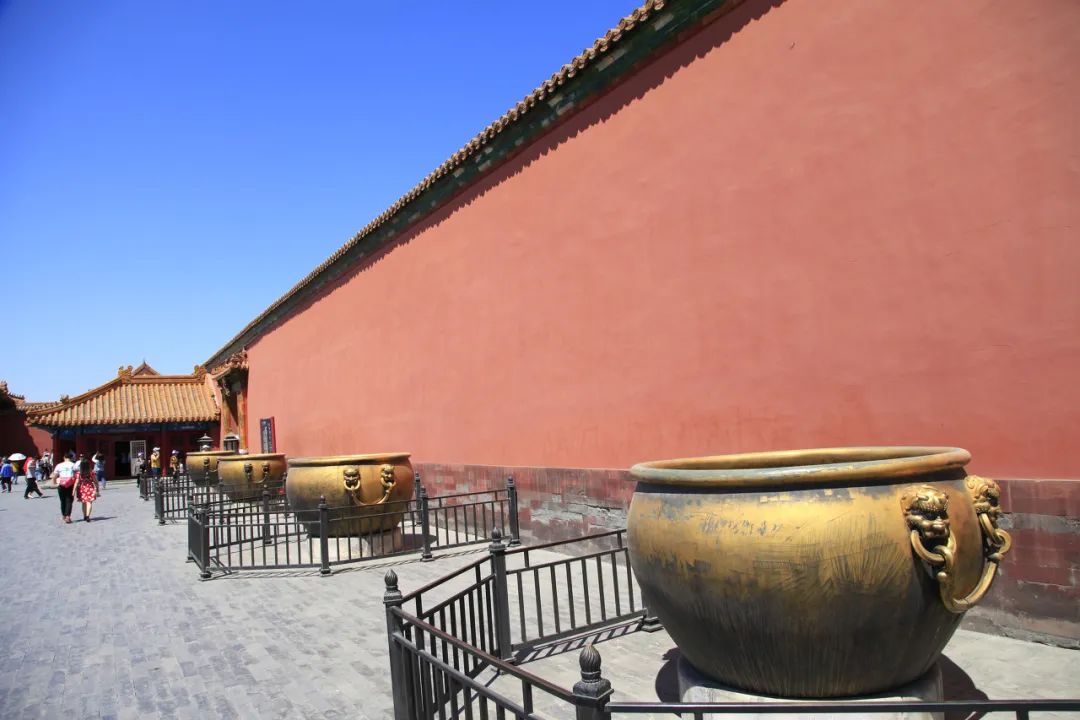
"Taiping Tank" in the Forbidden City 丨 Tuwa Creative
In recent decades, my country's fire protection industry has developed greatly, and the protection of cultural relics has also attracted more attention. However, many cultural protection units still have problems with software and hardware such as managers, fire protection equipment, and emergency plans. The reason is nothing more than local financial constraints, or the implementation of the policy is not in place, especially in small cities or counties and towns -but the city -level cultural protection units at the city level are exactly the largest number. Although ancient buildings like Wan'an Bridge are already "national security", because they are far away from the city and the surrounding environment is complicated, fire hydrant is difficult to arrange, it is difficult to approach when fire saving, and it is more likely to be threatened by fire.
Can we still see Wan'an Bridge again?
Great probability -can.
Wanan Bridge is a "national security" and a leader in similar gallery bridges. Therefore, the local government will have a high probability that the reconstruction work will be put on the agenda. An example of reference is the "national security" of my hometown -the main palace of Tong Incheon. Sichuan Master Palace was contracted to privately operate chess and card rooms and tea buildings as the first pilot unit used by Guizhou Province. In 2007, he was destroyed by the fire due to the spontaneous combustion of mahjong machines, and then reconstructed recovery. The entire program is probably as follows:
① The Tongren District Office reported to the Provincial Government for approval for reconstruction;
② The Provincial Cultural Relics Bureau reported to the State Cultural Relics Bureau for approval and reconstruction in accordance with the handling opinions of the Provincial Government Office;
③ The State Administration of Cultural Relics Reconstruction The Provincial Bureau of Cultural Relics requires on -site demonstration of the necessity and basis of the reconstruction of the original site of the Sichuan main palace;
④ The ancient architectural expert group of the National Cultural Relics Bureau conducted on -site surveys and organized a demonstration meeting on the main palace relics of Sichuan.
⑤ The Copper District Office and the Provincial Cultural Relics Bureau began to applink and rebuild them.
In 1999, the Guizhou Provincial Cultural Relics Bureau organized the technical design and repair technology of the Sichuan Main Palace, and received a large number of first -hand materials such as the measured maps and hundreds of details. Later, these materials became an important basis for rebuilding the main palace of Sichuan.
At present, my country has completed the census login of 767,000 non -mobile cultural relics, including "national security" such as Wan'an Bridge. These drawings may usually lie in the file box quietly, but once they encounter an extreme situation like yesterday, they will become precious "returning souldan".
Moreover, the technology of the Guanmu Arcade Bridge is inheritance in Fujian. In 1952, Wan'an Bridge was washed up by two archbrains by Da River. In 1954, it was reconstructed by the county government. Their family is a family of buildings, Huang Chuncai, the son of Huang Xiangyan, inherited his father's business, and is also a traditional craftsmanship inheritance of the traditional wooden bridge of the wooden arch corridor mentioned earlier. Therefore, as long as the government approval and expert demonstration, the reconstruction of Wan'an Bridge has no technical difficulty.
Huang Chuncai and Wan'an Bridge drawing 丨 Pingnan Tourism Officer Wewei
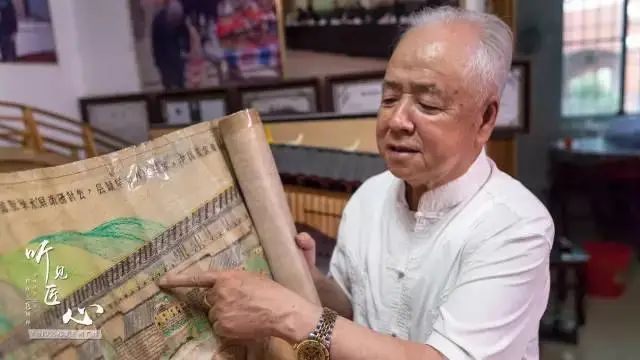
Fortunately, a bridge was burned this time, unlike the cultural relics like the temple viewing palace. The bridge was built in 1932. It is relatively late and basically no decoration. Therefore, the historical information of the fire destroy can be said to be very small.
Of course, this is by no means that this old bridge is not important. Even from the great repair in 1954, it accompanied a three -year -old child to walk through. In Fujian and Zhejiang, you can easily see the old people saying and laughing in similar gallery bridges: the roof above can cover the wind and rain, and the long and open bridge body is an excellent social public space. A "Bridge" bears a light and tasteful nostalgia.
Since the beginning of the Song Dynasty, Wan'an Bridge has no idea how many times it has been rebuilt. We have to admit that even if this time is rebuilt, Wanan Bridge will still be destroyed and built in the long river. After changing all the wooden ships, it may no longer be it; but no matter how many times Wanan Bridge repaired, it is still Wan'an Bridge. Just like the tangible Yueyang Tower near the Lake of Dongting, the invisible Yueyang Tower was written under Fan Zhongyan; the tangible Wan'an Bridge was burned this time, but the invisible Wanan Bridge was still on the calluses of Master Huang Chuncai and the rural voice of Pingnan people. Those emotions belonging to the Chinese are unchanged for thousands of years.
references
[1] Tang Huancheng. China Wood Arch Bridge [M]. China Construction Industry Press, 2010.
[2] Wang Zhenzheng. Hongqiao Small Test [J]. Fujian Wenbo, 2012 (2): 30-38.
[3] Wang Mingzhen. The case of ancient architecture fire in the past fifty years since the founding of New China [J]. Zhejiang Fire, 2002 (12): 16-18.
[4] Dai Chao. China Wooden Ancient Architecture Fire Technology Protection System for Professional Detective [D]. Master of Architecture of Tongji University Architecture, 2007.
[5] Xiao Dong, Cheng Yan, Fujian Pingnan Wan'an Bridge's architectural characteristics and top-up repair method [J]. Gujian garden technology, 2018 (4): 21-26.
Author: Wu Erliang
Edit: LUNA
- END -
Original prose: Entry

EntersText/Fragrant Book RollThe ancients said: Winter practice three nine, summer...
Bijiang: The legend of Qinglong punish greedy
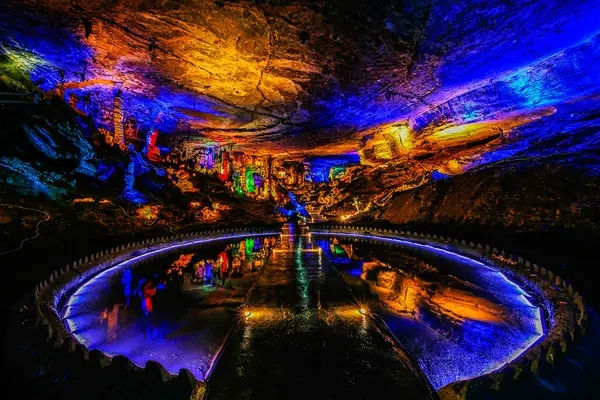
The head of the Qinglong case is clear, and the land of the land becomes a god. Th...